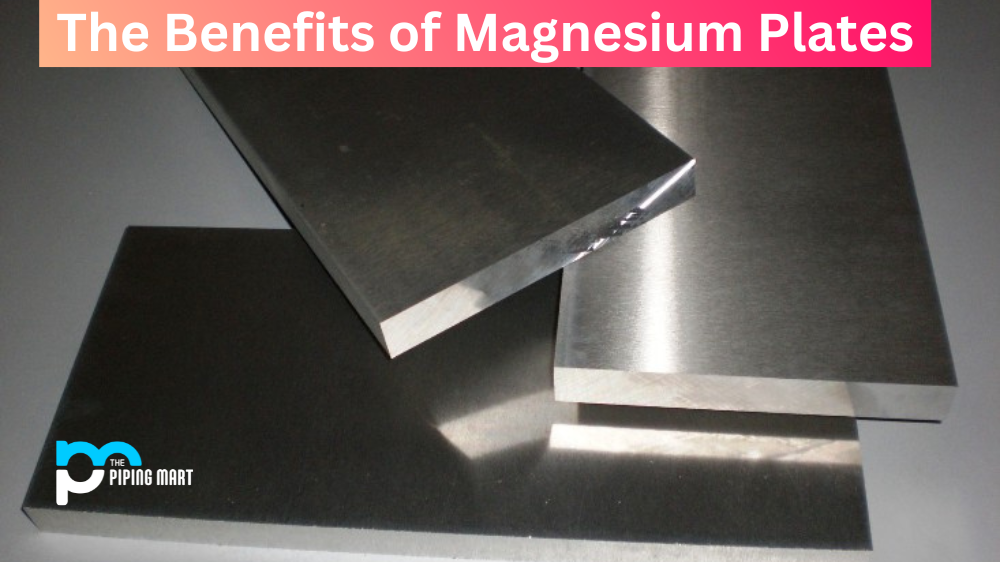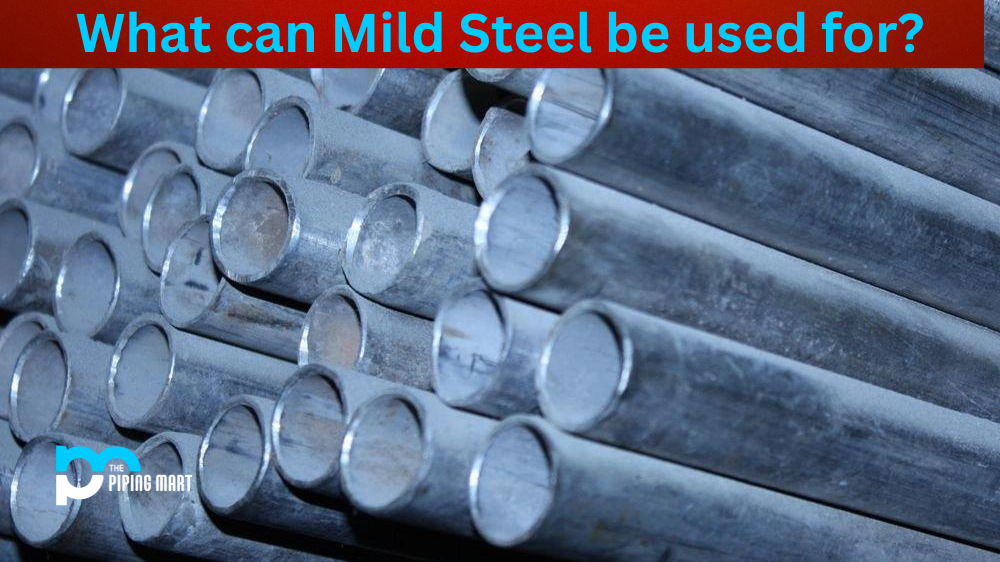Magnesium plates are typically used in the aerospace and automotive industries. They offer a variety of benefits, including high strength-to-weight ratios, excellent machinability, and good weldability. In this blog post, we will discuss the uses of magnesium plates, as well as their density and description.
What Are Magnesium Plates?
Magnesium plates are flat pieces of metal that are made from magnesium alloys. They can vary in size, thickness, and shape depending on their intended usage. Magnesium plate is commonly used in the aerospace and automotive industries because it offers high strength-to-weight ratios compared to other metals. It also has good machinability and weldability properties which makes it a valuable material for these industries.
Magnesium Plates Benefits
Magnesium plates have been gaining traction lately due to their unique capabilities. They are lightweight, yet incredibly robust – capable of remaining intact in nearly every type of environment. Magnesium has a higher melting point than other metals, meaning it can handle extreme temperatures without breaking down. It is also resistant to corrosion and rusting, making it ideal for metal parts exposed to moisture and other elements. Furthermore, magnesium plates offer superior electrical performance compared to similar materials, allowing for more efficient power transfer and greater safety for those using the product. With their many advantages, it’s no surprise that magnesium plates are becoming increasingly popular in a variety of industries.
- Magnesium is a natural element that is found in the earth’s crust.
- Magnesium has a variety of benefits for human health, including reducing stress levels, improving sleep quality, and reducing inflammation.
- Magnesium plates can be used to cook food or to provide magnesium therapy.
- Magnesium plates are safe for most people to use, but some people may experience side effects such as skin irritation or diarrhea.
- Magnesium plates are an affordable way to improve your health and well-being.
Magnesium Plate Density
The density of magnesium plates varies depending on their alloy composition but generally ranges between 1.7 – 2 g/cm3. This means that it is lighter than most metals, making it ideal for applications where weight is a factor, such as an aircraft or cars where every ounce counts towards fuel efficiency. Additionally, its light weight allows for easier handling when installing the plates into a structure or an engine block during manufacturing processes.
How Is Magnesium Plate Used?
Magnesium plate is most commonly used for structural parts in the aerospace and automotive industries due to its high strength-to-weight ratio and its ability to withstand extreme temperatures (up to 572℉). It is also used for electrical components such as circuit boards because of the electrical conductivity properties that make it resistant to corrosion from moisture or chemicals. Finally, magnesium plates can be used for decorative purposes since they come in various colors and finishes ranging from brushed silver to black chrome plating.
Magnesium Plates Uses
Magnesium plates are becoming increasingly popular for a variety of applications. Known for their strength and lightweight properties, magnesium plates are gaining traction as building material for repairs and installations, due to their ability to withstand extreme temperatures and pressures. Its flexibility makes it useful in the engineering, aerospace and marine industries, as well as in producing automobile components. Moreover, its ability to bond with other alloys make it a great product for die casting or sand-casting tools. As a result of its growing popularity, magnesium is quickly becoming one of the most versatile materials used today in manufacturing processes all over the world.
- Magnesium plates are used in the production of magnesium metal.
- Magnesium plates are also used as anodes in electrolytic processes.
- Magnesium plates can be used as cathodes in certain electrochemical reactions.
- Magnesium plates can be used in the production of magnesium alloys.
- Magnesium plates can also be used in the construction of magnesium-ion batteries.
Conclusion:
Magnesium plates offer many benefits to those who use them in their products or projects due to their lightweight yet durable properties. They provide high strength-to-weight ratios compared to other metals while still offering good machinability and weldability properties, which make them ideal for use in the aerospace and automotive industries. Furthermore, they can be used for more creative purposes, such as decorative items, due to their unique colors and finishes available on the market today. For anyone looking for an efficient yet aesthetically pleasing solution, magnesium plates should be at the top of your list!
Rachana is a dedicated and ambitious young woman who has made a name for herself in the metal industry. From her earliest days in the industry, Rachana showed a natural talent for problem-solving and a keen eye for detail. In her free time, She enjoys reading up on the latest advancements in the industry, as well as exploring new ways to innovate and improve upon existing processes.




